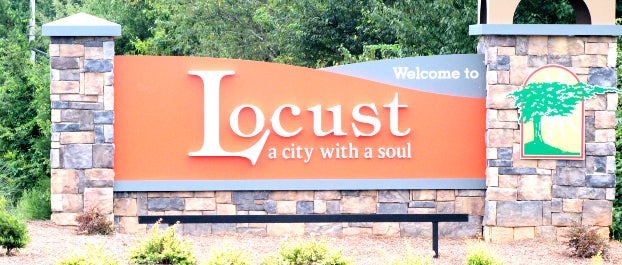West Stanly fire chief provides report to Locust City Council
Published 11:15 am Thursday, February 15, 2024

- Locust North Carolina
|
Getting your Trinity Audio player ready...
|
Locust City Council received a “State of the Fire Department” report from West Stanly Fire Chief Dakota Raborn at its Feb. 8 regular meeting. In the report, the chief updated the board on the department’s history, mission and staff, and provided statistics on calls, department budget and future plans.
“Our department has provided fire protection and rescue services for the area since 1954,” said Raborn, who noted that the department’s service area covers 46 square miles.
Even with the large service area, the department has built a solid rating, which translates to reduced insurance rates for residents in its footprint.
“Our ISO rating is a class 3, which puts us in the top 13% nationally, and the top 11% statewide,” Raborn reported.
WSFD staff are on site at the Locust station around the clock. The staff includes five full-time firefighters and one floater’ Raborn also noted that the department employs a number of full-time firefighters from surrounding municipalities on a part-time basis to supplement a decreasing number of volunteers.
“Volunteer firefighter numbers are dropping everywhere,” he said, citing the rigorous and time-consuming training required of them as the reason.
During the 2023 calendar year, the department responded to 1,171 calls, most of which (675) were for medical assistance. Fires accounted for only 42 of the total responses, with alarm activations (86) and vehicle accidents (68) comprising other significant dispatches. The department’s average response time was 4 minutes, 32 seconds from dispatch to arrival.
The amount of calls continues to increase as the western end of the county grows, said the chief.
“The statistics reflect a 28% increase in call volume since 2020,” he noted.
Raborn reviewed the department’s $1.53 million budget, nearly all of which is funded through fire tax revenue.
“Personnel is our largest expenditure, accounting for 57.4% of the budget,” he said, adding that Capital Projects (15.5%), Operations (9.6%), and Professional Services (6.8%) also comprise significant costs. Apparatus maintenance and fuel, utilities, building and grounds, training and annual testing round out the remaining amount.
“Equipment and fuel costs have created budgetary challenges for us,” Raborn noted, citing equipment costs (such as turnout gear) having increased 36%, with fuel costs rising by 25% since 2020.
Even with cost increases stretching the department’s budget, the chief sees WSFD’s status and future in a bright light, with expansion of the department’s fleet, staff and facilities being primary considerations as western Stanly grows.
“In summary, the state of our department is strong,” Raborn said.
Toby Thorpe is a freelance writer for The Stanly News & Press.


